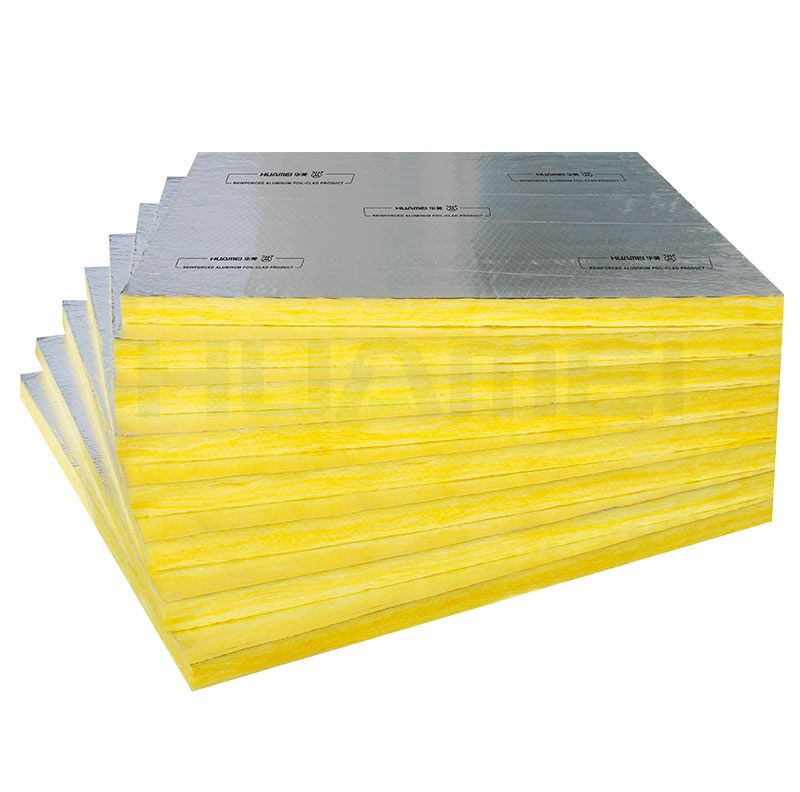Today Glass Wool Pipe Supplier will introduce you to the relevant knowledge of glass wool and rock wool.
1. Rock wool is made of natural basalt as the main raw material. After melting at high temperature, it is made of artificial inorganic fiber by high-speed centrifugal equipment. At the same time, special binder and dust-proof oil are added, and then cured by heating to produce various specifications. , Rock wool insulation products with different requirements. Rock wool products are widely used in construction, petroleum, electric power, metallurgy, textile, national defense, transportation and other industries. They are pipeline storage tanks, boilers, flues, heat exchangers, fans, vehicles and ships and other industrial equipment. Ideal material. Rock wool board is resistant to high temperature 650 degrees. Rock wool is a non-continuous flocculent fibrous material made of artificial light silicate, with a soft texture, good chemical stability, and acid and alkali resistance. It is neither brittle nor pulverized, has good elasticity, and can be insulated and soundproofed in the project.
Glass Wool belongs to a category of glass fiber, which is an artificial inorganic fiber. Glass wool is a material that melts molten glass to form a cotton-like material. Its chemical composition belongs to glass and is an inorganic fiber. It has good molding, small bulk density, low thermal conductivity, good thermal insulation, sound absorption, and corrosion resistance. Decoration and chemical properties are stable. The fiber inside the centrifugal glass wool is fluffy and staggered, and there are a lot of tiny pores. It is a typical porous sound absorbing material with good sound absorption characteristics.
Glass Wool
2. Glass wool has a lower specific weight than rock wool, less slag ball content, low thermal conductivity, long service life, and high fiber toughness.
3. Different product uses
Rock wool is generally used for high-insulation parts, and it is mostly used for heat insulation of high-temperature thermal pipes or electrical equipment, as well as heat insulation parts of curtain walls. Glass wool is generally used for insulation parts that are lower than steel structures, and it is mostly used for general building or low temperature pipe insulation. Glass wool has a shorter service life at higher temperatures and is more expensive than rock wool.
4. Different production materials and processes
Rock wool products are made of delicate basalt as the main raw material. After being melted at high temperature, inorganic fibers are made by high-speed centrifugal equipment, and then special adhesives and dust-proof oil are added. The fibers are laid on a swing belt and the fiber arrangement structure is changed by special equipment. A new type of lightweight thermal insulation material made by curing and setting. It can be processed into rock wool board, rock wool felt, rock wool shell and other products according to different uses.
Glass wool production process: Centrifugal glass wool is made of glass as the main raw material, mixed with other various auxiliary materials in a certain proportion, and then sent to a glass furnace for full melting. The melted solution flows out through the leak plate and enters the centrifuge. Driven by a high-speed centrifuge, the centrifuge runs at high speed to throw the glass into a thin stream of glass. Under the action of high-temperature and high-speed flames, the thin glass of glass is further stretched into fibers, and then an atomizing adhesive is applied. Under the negative pressure of the belt, the fibers with the resin binder settle on the moving mesh belt to form a uniform cotton felt, and then pass through a constant temperature curing oven to complete the curing process. After the product is shaped, it will be cut after shaping. The ordered product is then packed.
The above is the glass wool and rock wool knowledge introduced by Glass Wool Batts supplier.

评论
发表评论